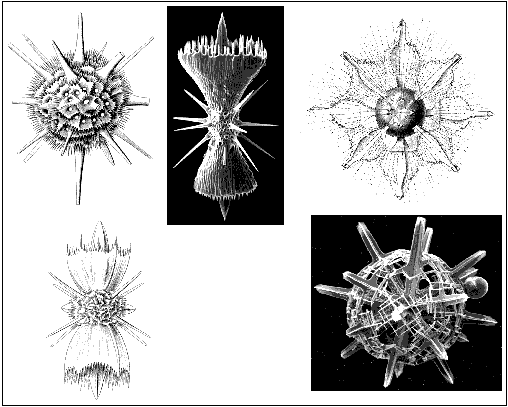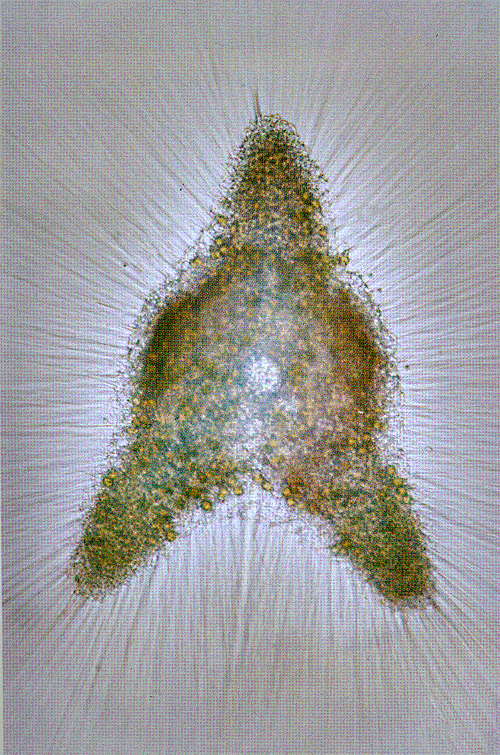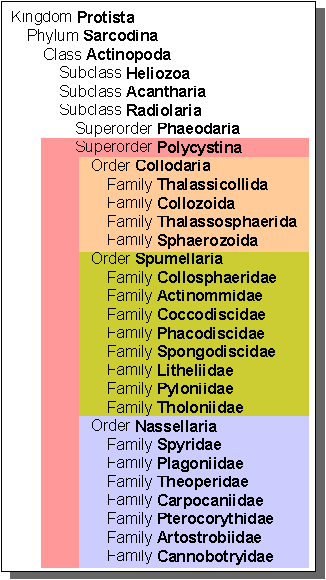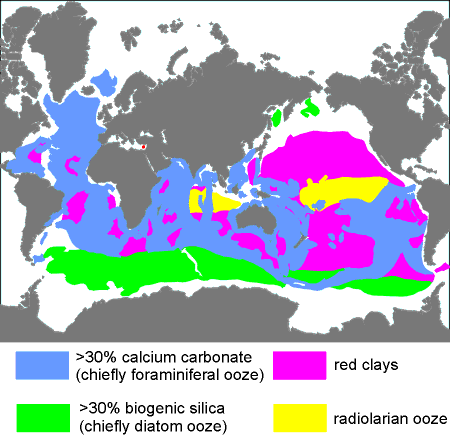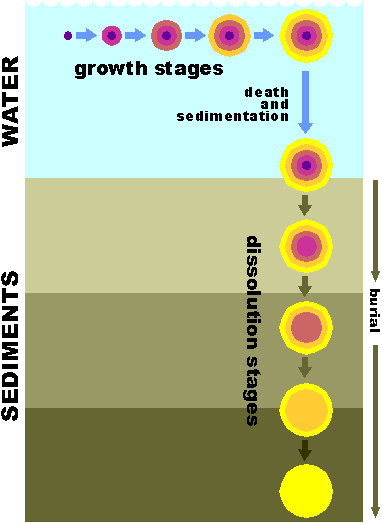| FIGURE 1. The Foraminifera, closely related to the Radiolaria, are exclusively marine single-celled animals. The approximately 45 living planktonic species (many more are benthic, living on the bottom), possess a calcareous shell formed by several chambers. Photos courtesy of Silvia Watanabe. |
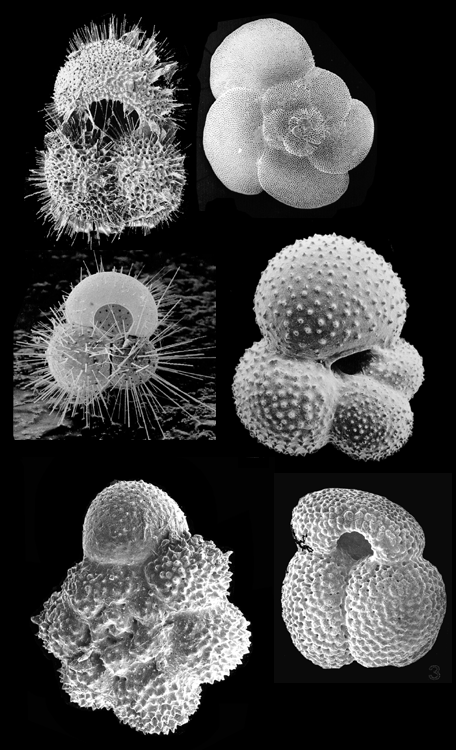 |
| Figure 5. Skeletons of some representative Phaeodaria, a group closely associated with the Polycystina; the two are known collectively as Radiolaria. Photos courtesy of Renate Bernstein. |
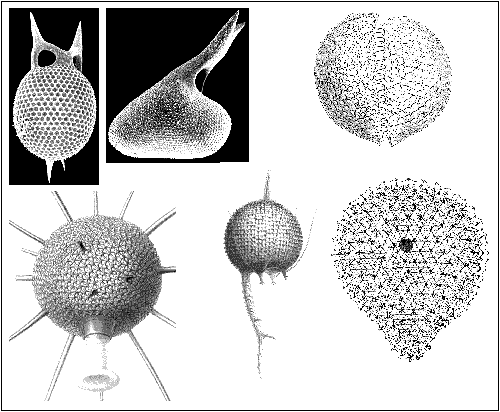 |


